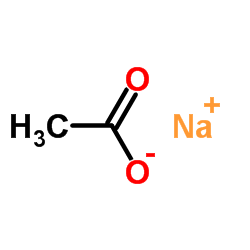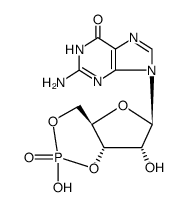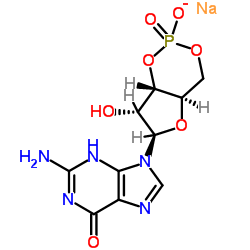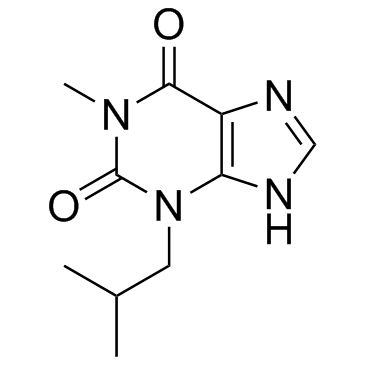| Structure | Name/CAS No. | Articles |
|---|---|---|
 |
Sodium acetate
CAS:127-09-3 |
|
 |
Guanosine 3',5'-cyclic monophosphate
CAS:7665-99-8 |
|
 |
ODQ
CAS:41443-28-1 |
|
 |
guanosine 3':5'-cyclic monophosphate sodium salt
CAS:40732-48-7 |
|
 |
3-Isobutyl-1-methylxanthine
CAS:28822-58-4 |